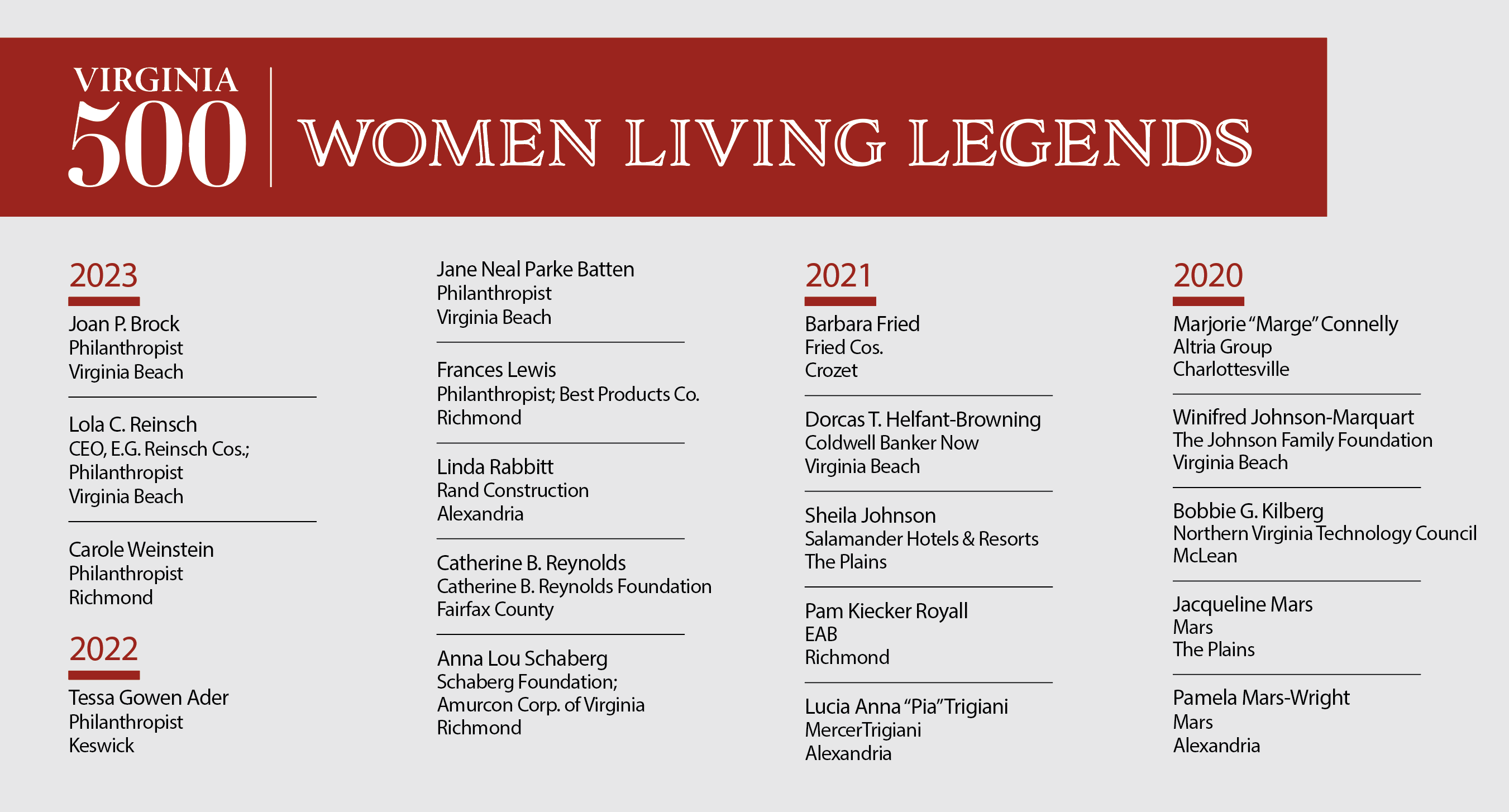Katherine O’Donnell recalls the excitement around the Richmond area in the early 2000s when the convention center was underway, and she was interviewing for a role with Richmond Region Tourism. Some 22 years later, she remains just as excited about everything happening around the commonwealth’s capital. “It’s very rewarding knowing that our efforts inspire people to visit our community.”
More visitors could be on the way. O’Donnell, who succeeded Jack Berry as Richmond Region Tourism president and CEO on July 1, led efforts to create a tourism improvement district (TID) for the Richmond region — the first in the state — which could generate as much as $8.2 million annually to support tourism promotion. The first year, she says, has been a great learning experience, and she’s optimistic TID funds will help the region attract more sporting events, meetings and conventions.
O’Donnell has also spearheaded efforts to make the Richmond area a more inclusive and welcoming destination. She launched OutRVA to welcome LGBTQ+ travelers to the region and BLK RVA to shine a light on Black-owned businesses. These programs, along with other efforts, are also an opportunity to “update outdated perceptions” people may have about the Richmond region.
While O’Donnell’s career has benefited from the positive developments happening in the region during the past two decades, she’s also been proud to raise her children in a community where she’s constantly inspired by the many people making a difference. “It’s been a joy to have a career I love.”


